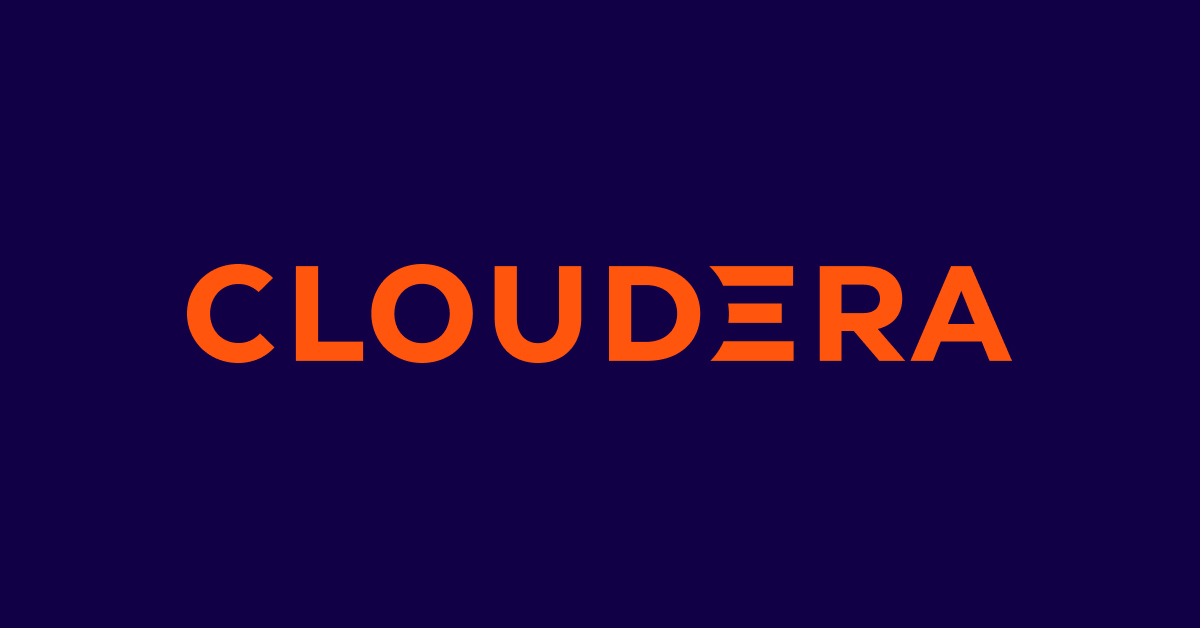- The AI Operator Weekly
- Posts
- Only 21% of businesses have fully integrated AI: time to increase that!
Only 21% of businesses have fully integrated AI: time to increase that!
New research reveals how businesses have adopted AI. Plus: ChatGPT’s shopping ventures, Claude 4.5, and a guide to measuring AI ROI.

Greetings from Munich, where I’m back in Lederhosen for Oktoberfest with my clients!

As Q3 wraps up, I'm guessing you're like me – balancing current projects while eyeing that Q4 finish line. I'm excited to get back to the office and map out the closing quarter of 2025 with the team.
Speaking of planning ahead, our free AI Readiness Survey has helped many business leaders get started with their AI strategy.
It takes just a few minutes but delivers a personalized roadmap for implementing AI in your business – something that absolutely belongs in your 2026 strategy.
What's your biggest Q4 priority? I'd love to hear how you're planning to finish the year strong 💪
Finally, we’re hosting a live session this Friday:
Sign up now, and I’ll see you there!
Today at a glance:
News: Enterprise AI integration at only 21%, OpenAI enters e-commerce, and Claude 4.5 targets business users
A 5-step framework for measuring real AI impact in your business
ChatGPT's new Project Sharing feature transforms team collaboration
Clueso: Turn rough recordings into professional videos in minutes
Join our live session this Friday: ChatGPT, your new business assistant
News:
Enterprise AI integration surprisingly low
A new report from Cloudera reveals only 21% of businesses have fully integrated AI into their core processes.
The cost of AI computing is keeping business leaders cautious; however, they also point operational efficiency as the biggest AI payoff.
I find it telling that most companies expect AI to help them work smarter rather than directly boost sales. This matches what I'm seeing with my clients - the immediate wins are in streamlining operations, which, in turn, can also boost customer satisfaction.
So, the takeaway for founders:
We are still in the early days of AI. You’ve got a unique opportunity to get ahead of competitors.
Knowing where to invest for maxim ROI is crucial.
Focus on internal efficiency gains before sales.
OpenAI enters e-commerce with "Instant Checkout"
OpenAI just launched a feature that lets you buy products directly through ChatGPT without ever leaving the chat. This is a big move into the e-commerce space.
U.S. ChatGPT users (Free, Plus, and Pro) can now purchase from Etsy sellers right in their conversations, with over a million Shopify merchants coming soon.
I'm watching this development closely as it could transform how we discover and buy products. Merchants still maintain control of orders, payments, and customer relationships. ChatGPT simply connects buyers and sellers without disrupting existing business systems.
Anthropic releases Claude 4.5 with business focus
Anthropic just launched Claude 4.5, their newest AI model, with significant improvements for business users.
The updated version can code for longer stretches without interruption and handles financial and scientific tasks better than previous versions.
This release shows Anthropic is focusing heavily on enterprise applications rather than just consumer use.
I've been using Claude extensively for writing tasks and have been impressed with the results. I'm curious to test how much better the coding capabilities really are in this new version.
One Guide :
A 5-Step Framework to Measuring AI ROI
Everyone’s excited about AI, but when I ask leaders how it’s performing, I mostly get back blank stares.
So I want to share with you a simple, practical framework to help you move past the hype and measure real business value.
Step 1: Define Your AI Success Targets
The biggest mistake I see? No clear outcome.
Before implementing AI, define what success looks like. Is it:
Reducing manual workloads?
Speeding up customer support?
Increasing revenue through better targeting?
Choose one primary goal, assign ownership, and decide how you’ll measure it. A simple one-pager that outlines the problem, desired outcome, and KPI is often all you need.
If you can’t define the win, you can’t measure it.
What's the one AI implementation that would most impact your bottom line right now? Get specific about that target.
Step 2: Track Time and Resource Savings
Efficiency gains are usually the first signs of ROI.
Measure things like:
Time saved — Are tasks faster to complete?
Manual work reduced — What % of repetitive work is now automated?
Errors prevented — Has AI reduced mistakes or downtime?
Cycle time — How much faster are reports, approvals, or content being delivered?
Start with a “before vs. after” tracker. It doesn’t have to be fancy—just consistent.
Which repetitive tasks in your business currently consume the most employee hours? Those are your prime candidates for AI efficiency gains.
Step 3: Measure Experience Improvements
AI should make work easier and outcomes better.
Don’t just look at time saved; track how people feel about the changes:
Customer feedback — Are they happier with speed, accuracy, and support?
Team sentiment — Is your team more productive, or more frustrated?
Adoption rates — Are people using the AI tool or avoiding it?
High usage and high satisfaction are strong indicators of value.
One simple approach: run a quick pulse survey before implementing AI, then again 30 and 90 days after. The trend line tells you if you're moving in the right direction.
How are you currently measuring satisfaction with your AI touch-points? If you're not, what's one simple way you could start?
Step 4: Connect to Business Results
Efficiency and satisfaction need to connect to bottom-line impact to justify continued investment.
Track how AI impacts:
Revenue — Are AI-driven efforts driving sales?
Innovation — Are you building things faster or better than before?
Risk reduction — Is AI helping catch issues earlier?
Team output — Are people producing more meaningful work?
Create a simple map connecting your AI initiatives to your top business priorities. If you can't draw that line clearly, you might be focusing on the wrong AI applications.
Have you discovered any unexpected business benefits from your AI implementations? Those surprise wins often become your best case studies.
Step 5: Build Transparency and Trust
You don’t need a 30-slide deck. You need clear metrics, shared regularly.
Create a simple dashboard with before/after numbers
Celebrate early wins with your team
Run a monthly AI impact check-in to keep everyone aligned
Transparency builds trust, while trust accelerates adoption.
Who are your AI skeptics, and what specific metrics would help convince them of its value? Identifying those stakeholders early can help you design better measurement approaches.
Final Step: Use Your Metrics to Drive Adoption
When you can clearly show how AI is delivering value:
You'll find it easier to win executive support for new initiatives
Teams will be more willing to adopt AI tools when they see concrete benefits
AI shifts from "cool tech we're trying" to "business-critical asset"
I've seen companies struggle with AI for years, then suddenly accelerate adoption once they got serious about measuring outcomes.
I'd love to hear your AI ROI success stories. What metrics have been most valuable in showing AI's impact in your business? Reply to this email and let me know—I might feature your approach in a future newsletter.
Remember: Don't just measure AI by how fast or cheap it makes things. Look at efficiency, satisfaction, and growth together for the complete picture. When you can show that full-spectrum impact, you'll never struggle to justify your AI investments again.
One Media:
ChatGPT just made team collaboration 10x easier - here's how
In my new video, I’ll walk you through ChatGPT's brand-new Project Sharing feature. This feature is so valuable thanks to how it creates a central hub for your team's AI work.
Watch it to find out exactly how to create projects, add files, and share them with your team.
One Tool:
Create professional videos with your morning coffee
I recently discovered Clueso and it's completely changed how I think about creating product videos and training materials. If you've ever put off making demo videos because of the time commitment, this tool is about to become your new best friend.
Here's what makes it special: Clueso uses AI to transform rough screen recordings into polished, professional videos in a matter of minutes.
The process is quite simple:
Record a rough screen capture (mistakes and all)
Let Clueso's AI clean up your script and add a natural-sounding voiceover
The AI automatically adds smart zooms to highlight important actions
It generates captions and even creates step-by-step documentation
What impressed me most is how it handles all the tedious parts of video creation while still giving you full control over the final product. Every element is customizable – voices, music, visuals, branding – but you're starting from a polished draft rather than a blank slate.
From investor pitches to customer onboarding or team training, you can create a variety of videos with Clueso—without hiring a video specialist. One customer mentioned they now produce 30+ professional videos monthly, turning what used to take hours into a 15-minute process.
The translation feature is probably the most awesome – with one click, you can convert your video, captions, and documentation into 30+ languages. This is perfect if you're building a global product or working with international investors.
The tool has a 7-day free trial if you want to test it out
TL;DR:
Research reveals only 21% of business have fully integrated AI.
ChatGPT moves into the e-commerce space, and Claude releases 4.5 model
Follow the 5-step framework to measure the real impact of AI in your business
It’s easier for teams to collaborate in ChatGPT with Project Sharing feature
Clueso helps you turn rough recordings into professional videos in minutes



